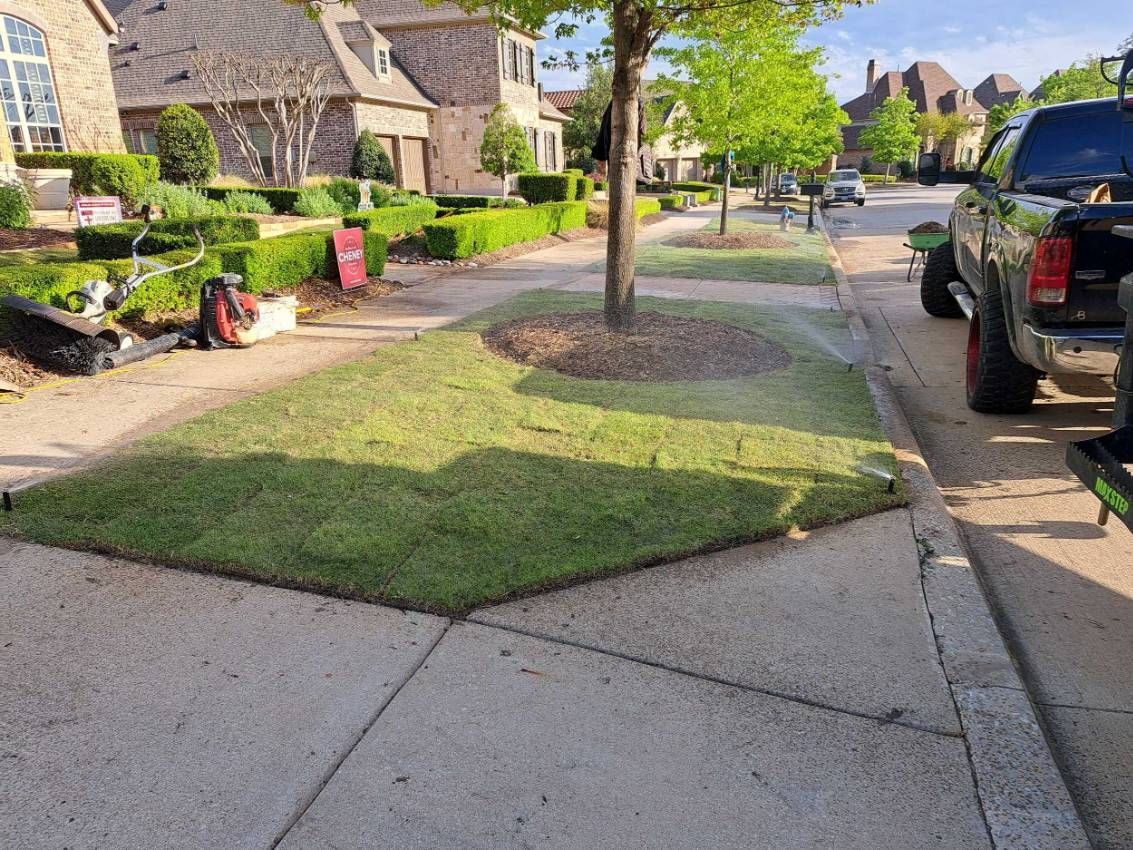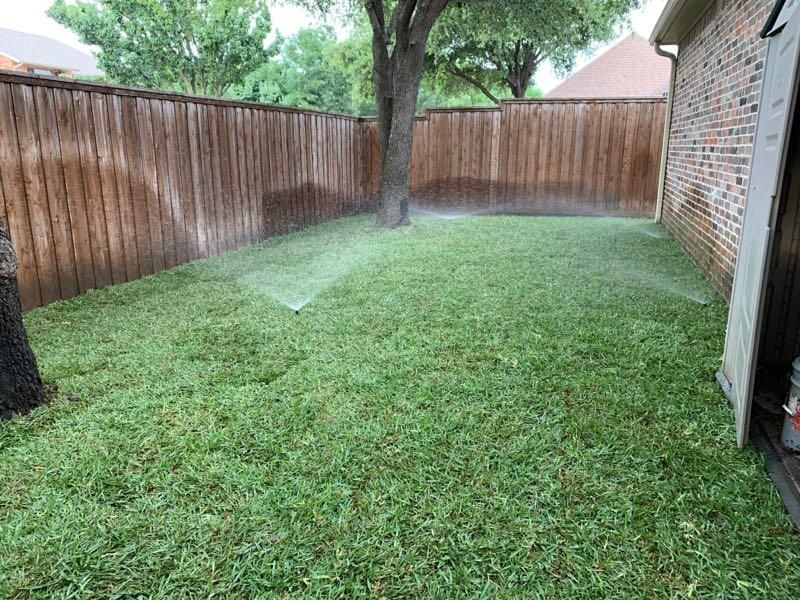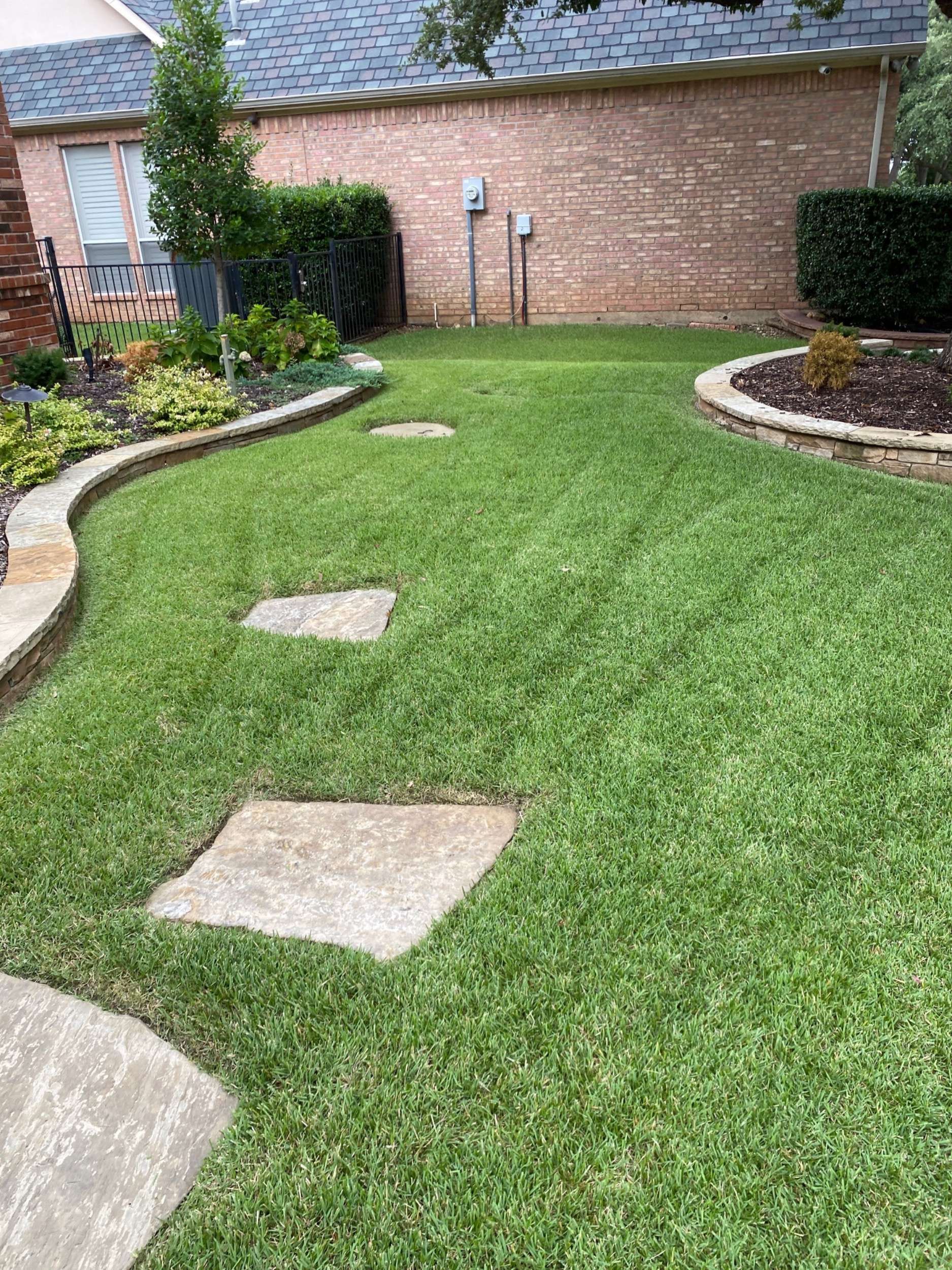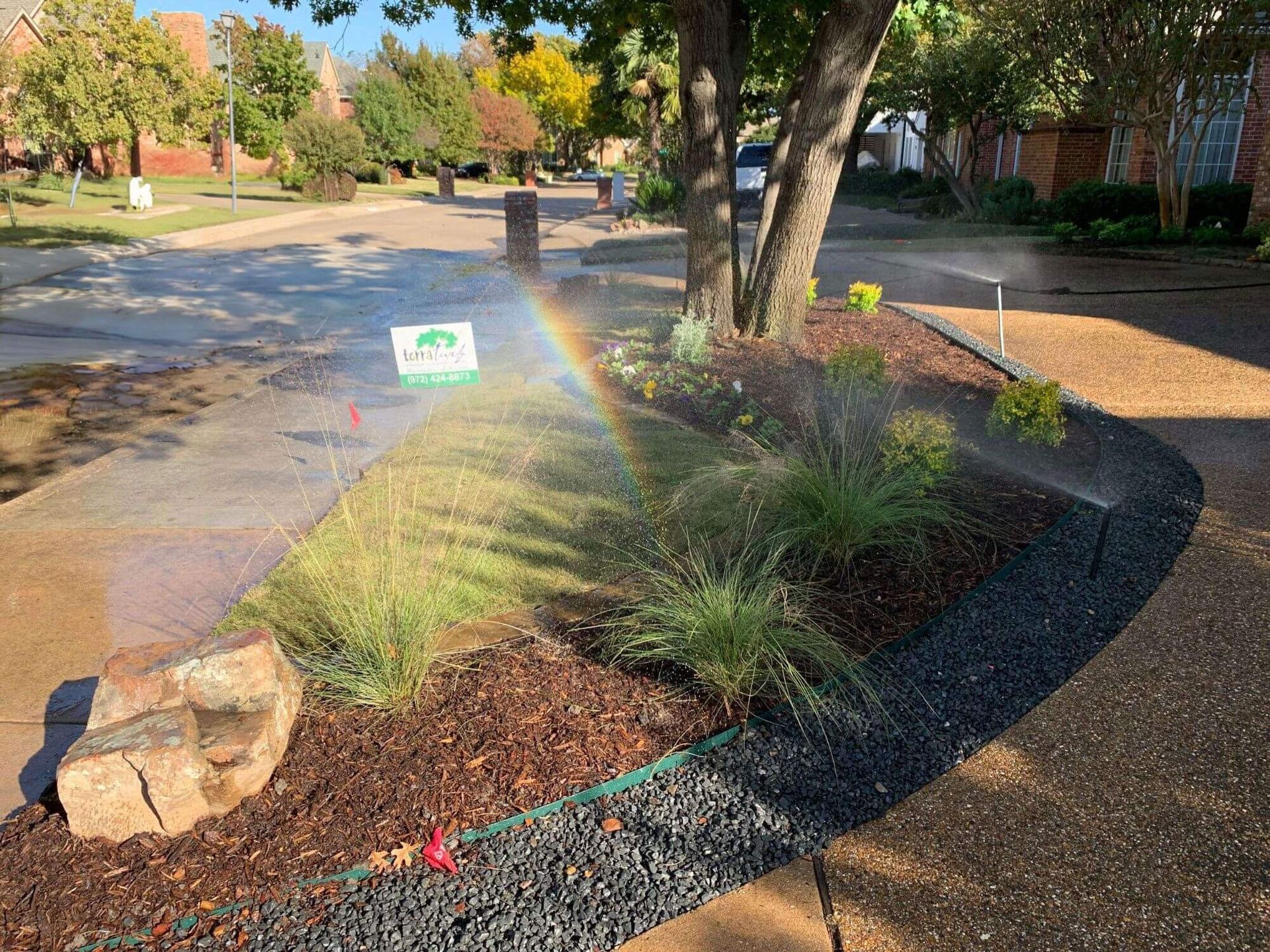Ice Melt Service
An ice melt service refers to a professional service that helps remove or manage ice and snow on properties, typically for commercial or residential purposes during winter months. These services are crucial for safety and accessibility, as ice accumulation can lead to hazardous conditions like slippery walkways, driveways, parking lots, and roadways.
Common ice melt services include:
- Salting and Ice Melting: Professionals apply ice melt products such as rock salt, calcium chloride, magnesium chloride, or other de-icing agents to driveways, walkways, parking lots, or streets. These products lower the freezing point of water, helping ice to melt more quickly.
- Snow Removal: Along with applying ice melt, many services also offer snow plowing, shoveling, or snow-blowing to clear accumulated snow, often after a snowstorm.
- Preventative Treatments: Some services proactively treat surfaces with anti-icing solutions before a snowstorm or freezing rain to prevent ice from forming, reducing the need for later treatments.
- Residential and Commercial Services: These services can be customized for both homeowners and business owners, ensuring that residential driveways and walkways or commercial properties like parking lots are safe and accessible.
- 24/7 Emergency Services: In many areas, ice melt services are available around the clock during winter months to respond quickly to adverse weather conditions.
The choice of ice melt depends on factors like temperature, surface type, environmental concerns, and how quickly the melting needs to take place. Would you like to know about specific companies or products for ice melt?
De-icing for commercial properties is an important service that helps ensure safety and accessibility during winter months. It involves the application of products or methods to prevent or remove ice accumulation on surfaces such as sidewalks, parking lots, and driveways. This service helps reduce the risk of accidents, injuries, and property damage due to icy conditions.
Here are some key considerations for de-icing commercial properties:
- De-icing Methods:
- Salt (Sodium Chloride) : Commonly used to melt ice by lowering the freezing point of water. It is affordable but can cause damage to concrete, vegetation, and the environment.
- Calcium Chloride : Works at lower temperatures than salt and is effective in extremely cold weather. It is more expensive but less harmful to surfaces and vegetation.
- Magnesium Chloride : Another alternative, which is effective in very cold temperatures. It is less corrosive than traditional salt and often used for more environmentally sensitive areas.
- Sand : While it does not melt ice, sand provides traction, which can help prevent slips. It is often used in combination with de-icing chemicals.
- Beet Juice or Corn-based Liquids : A more environmentally friendly option, often mixed with traditional de-icing agents, to enhance melting and prevent refreezing.
- Timing:
- Pre-Treatment : Applying de-icing products before snow or ice accumulation begins can be more effective. Pre-treatment prevents ice from bonding to surfaces, making it easier to remove later.
- During or After Snowfall : If snow accumulates, applying de-icing products shortly after or during the snowfall can keep it from compacting into hard ice.
- Application:
- Manual Application : For small areas, a commercial property manager may apply de-icing products manually using spreaders or shovels.
- Mechanical Application : For large parking lots or driveways, trucks equipped with spreaders can evenly distribute de-icing materials quickly and effectively.
- Automated Systems : Some larger properties or businesses might install heated driveway or sidewalk systems that automatically melt ice when temperatures drop.
- Environmental Impact:
- Excessive use of salt can harm the surrounding environment, including nearby plants, lawns, and even pets or wildlife. It can also damage concrete and asphalt.
- To minimize these effects, more sustainable de-icing products (like magnesium chloride, sand, or organic-based alternatives) are used.
- Safety and Liability:
- Insurance : Many commercial properties have insurance coverage for slip-and-fall accidents. Ensuring proper de-icing can reduce the likelihood of such claims.
- Maintenance : Proper de-icing combined with regular snow removal helps ensure that walkways and parking areas remain safe for customers and employees.
- Contracting Services:
Many commercial properties hire third-party companies specializing in snow and ice management. These companies often provide 24/7 service during winter months, offering:
- Snow removal : Clearing snow from parking lots and walkways.
- Ice prevention : Preemptive application of de-icing agents.
- Emergency response : Ensuring the property is safe even during severe weather.
- Cost Considerations:
- Costs vary based on the size of the property, type of de-icing method used, and frequency of service. Generally, costs can be higher for environmentally friendly de-icers, while salt tends to be more affordable.
- Long-term costs should be considered, as using too much salt or a less effective de-icer could result in more maintenance or damage over time.
By planning ahead and maintaining a proper de-icing strategy, commercial properties can stay safe and accessible during winter, which is essential for protecting both the people who work there and the property itself.
De-icing residential areas typically refers to the process of removing or preventing ice accumulation on driveways, walkways, and other exterior surfaces of a home during winter conditions. Ice can create slippery and hazardous conditions, so de-icing is an important safety measure.
Here are a few common methods used for residential de-icing:
- Salt or Sodium Chloride:
- How it works : Salt lowers the freezing point of water, causing ice to melt. It is one of the most common de-icing methods and is affordable and readily available.
- Where it’s used : Spread on driveways, sidewalks, and steps.
- Considerations : While effective, salt can be damaging to plants, concrete, and metal surfaces. It also contributes to environmental pollution.
- Calcium Chloride:
- How it works : Calcium chloride is faster-acting than sodium chloride and can work at lower temperatures.
- Where it’s used : Ideal for very cold temperatures where regular salt is ineffective.
- Considerations : It can be harsher on concrete and vegetation but is more effective at melting ice in extremely low temperatures.
- Magnesium Chloride:
- How it works : Magnesium chloride also works at lower temperatures, similar to calcium chloride, but is generally considered less damaging to surfaces and vegetation.
- Where it’s used : On driveways, walkways, and patios.
- Considerations : It’s a more environmentally friendly option than sodium chloride and calcium chloride.
- Sand or Gravel:
- How it works : Sand or gravel doesn’t actually melt ice but can provide traction on slippery surfaces, reducing the risk of falls.
- Where it’s used : Spread on paths or driveways to provide grip.
- Considerations : It’s not a long-term solution for ice removal, and cleaning up the sand or gravel can be a hassle.
- Ice Melting Products:
- How it works : These are commercially available de-icing blends that may contain various chemicals designed to be more effective in specific conditions. They may include potassium chloride, calcium magnesium acetate, or other compounds.
- Where it’s used : Can be spread on walkways, driveways, and stairs.
- Considerations : These blends are usually more expensive, but they can be designed to be less harmful to plants, pets, and the environment.
- Heated Mats or Cables:
- How it works : Heated mats or cables are installed under driveways, sidewalks, or steps to melt ice as it forms.
- Where it’s used : Permanent installations in areas that experience heavy snow and ice.
- Considerations : Expensive to install but a long-term solution to preventing ice buildup without the use of chemicals.
- Homemade Solutions (e.g., vinegar, baking soda, and water):
- How it works : A mixture of vinegar, water, and baking soda can help to break down ice on a smaller scale, such as on a porch or in a small driveway.
- Where it’s used : Small driveways or staircases.
- Considerations : Effective in limited areas, but may not work as quickly or thoroughly as commercial products.
Tips for Safe De-Icing:
- Apply de-icer early : It’s best to apply the de-icer before ice becomes too thick, as it will be more effective.
- Use sparingly : Overuse of salt and chemicals can harm plants, pets, and infrastructure.
- Shovel first : Remove as much snow and ice as possible before applying de-icing chemicals to maximize their effectiveness.
For residential de-icing, it’s essential to balance effectiveness with environmental impact, cost, and the long-term health of your outdoor surfaces.
The post Ice Melt Service appeared first on TerraTurf.








